« Return to all search results
Title Search Results
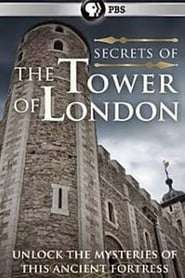
A tour of the Tower of London, which has served as a royal castle, prison, place of execution and torture, armory and mint during its almost 1000 years of existence.

AN NYRB CLASSICS ORIGINALElizabeth Taylor is finally beginning to gain the recognition due to her as one of the best English writers of the postwar period, prized and praised by Sarah Waters and Hilary Mantel, among others. Inheriting Ivy Compton-Burnett’s uncanny sensitivity to the terrifying undercurrents that swirl beneath the apparent calm of respectable family life while showing a deep sympathy of her own for human loneliness, Taylor depicted dislocation with the unflinching presence of mind of Graham Greene. But for Taylor, unlike Greene, dislocation began not in distant climes but right at home. It is in the living room, playroom, and bedroom that Taylor stages her unforgettable dramas of alienation and impossible desire. Taylor’s stories, many of which originally appeared in The New Yorker, are her central achievement. Here are self-improving spinsters and gossiping girls, war orphans and wallflowers, honeymooners and barmaids, mistresses and murderers. Margaret Drabble’s new selection reveals a writer whose wide sympathies and restless curiosity are matched by a steely penetration into the human heart and mind.
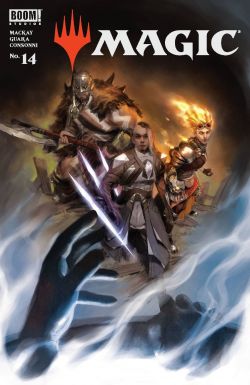
The main premise of Magic is that countless possible worlds (planes exist in the Multiverse, and only unique and rare beings called Planeswalkers are capable of traversing the Multiverse.
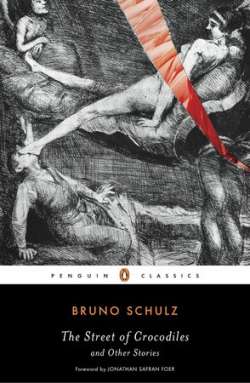
The collected fiction of "one of the most original imaginations in modern Europe" (Cynthia Ozick) Bruno Schulz's untimely death at the hands of a Nazi stands as one of the great losses to modern literature. During his lifetime, his work found little critical regard, but word of his remarkable talents gradually won him an international readership. This volume brings together his complete fiction, including three short stories and his final surviving work, Sanatorium Under the Sign of the Hourglass. Illustrated with Schulz's original drawings, this edition beautifully showcases the distinctive surrealist vision of one of the twentieth century's most gifted and influential writers. For more than seventy years, Penguin has been the leading publisher of classic literature in the English-speaking world. With more than 1,700 titles, Penguin Classics represents a global bookshelf of the best works throughout history and across genres and disciplines. Readers trust the series to provide authoritative texts enhanced by introductions and notes by distinguished scholars and contemporary authors, as well as up-to-date translations by award-winning translators.
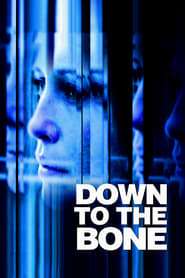
A woman stuck in a stale marriage struggles to raise her children and manage her secret drug habit. But when winter comes to her small town, her balancing act begins to come crashing down.
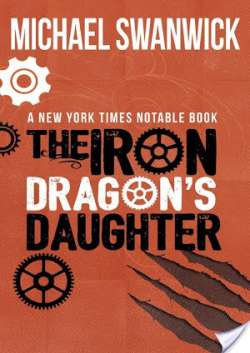
A New York Times Notable Book: “Examines the industrial revolution, the Vietnam War, racism and sexism, and the escapist dreams of genre fantasy. A truly great anti-fantasy.” —China Miéville Jane is trapped as a changeling in an industrialized Faerie ruled by aristocratic high elves and populated by ogres, dwarves, night-gaunts, and hags. She is the only human in a factory where underage forced labor builds cybernetic, magical dragons that are weaponized and sent off to war. When the damaged dragon Melanchthon tempts Jane with promises of freedom, the stage is set for a daring escape that will shake the foundations of existence. Combining alchemy and technology, a coming-of-age story like no other, The Iron Dragon’s Daughter takes place against a dystopic mindscape of dark challenges and class struggles that force Jane to make costly decisions at every turn. A finalist for the Arthur C. Clarke Award, the World Fantasy Award for Best Novel, and the 1994 Locus Award, The Iron Dragon’s Daughter a is one-of-a-kind melding of grimdark fantasy and cyberpunk grit from the Nebula Award–winning author of Stations of the Tide. It engages the reader in a nihilistic world in which nothing is as it seems and everything comes at a steep and often horrific price.
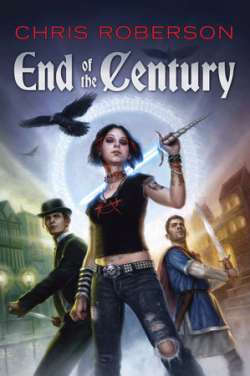
At the eve of the new millennium, teenager Alice Fell is alone on the streets of a strange city, friendless and without a pound to her name. She is not sure whether she's losing her mind, or whether she is called by inescapable visions to some special destiny. Along with a strange man named Stillman Waters, a retired occultist and spy – or so he claims – she finds herself pursued by strange creatures, and driven to steal the priceless "vanishing gem" that may contain the answers to the mysteries that plague her.A century earlier, consulting detective Sandford Blank, accompanied by his companion Roxanne Bonaventure, is called upon to solve a string of brutal murders on the eve of Queen Victoria's Diamond Jubilee. The police believe that Jack the Ripper is back on the streets, but Blank believes that this is a new killer, one whose motive is not violence or mayhem, but the discovery of the Holy Grail itself. And what of the corpse-white Huntsman and his unearthly hounds, who stalks the gaslit streets of London?And in the sixth century, Galaad, a young man driven by strange dreams of a lady in white and a tower of glass, travels to the court of the high king Artor in Londinium, abandoned stronghold of the Roman Empire in Britain. With Galaad’s bizarre dreams as their only guide, Artor and his loyal captains journey west to the Summerlands, there to face a threat that could spell the end of the new-forged kingdom of Britain.These three adventures—Dark Ages fantasy, gaslit mystery, and modern-day jewel heist—alternate until the barriers between the different times begin to break down, and our heroes confront the secrets that connect the Grail, the Glass Tower, and the vanishing gem. And lurking behind it all, the entity known only as Omega.

An extraordinary sense of smell gives a crime investigator unique insight into solving mysteries, but his gift takes a toll on his personal life.
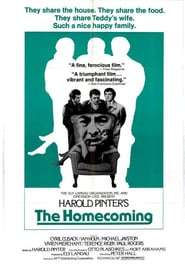
In a dreary North London flat, the site of perpetual psychological warfare, a philosophy professor visits his family after a nine-year absence and introduces the four men - father, uncle and two brothers - to his wife.
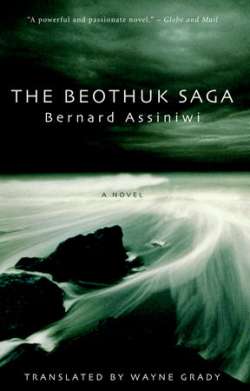
This astounding novel fully deserves to be called a saga. It begins a thousand years ago in the time of the Vikings in Newfoundland. It is crammed with incidents of war and peace, with fights to the death and long nights of lovemaking, and with accounts of the rise of local clan chiefs and the silent fall of great distant empires. Out of the mists of the past it sweeps forward eight hundred years, to the lonely death of the last of the Beothuk.The Beothuk, of course, were the original native people of Newfoundland, and thus the first North American natives encountered by European sailors. Noticing the red ochre they used as protection against mosquitoes, the sailors called them “Red-skins,” a name that was to affect an entire continent. As a people, they never were to be understood. Even The Canadian Encyclopedia admits: “Very little is known about Beothuk society and even less about Beothuk history.”Until now. By adding his novelist’s imagination to his knowledge as an anthropologist and a historian, Bernard Assiniwi has written a convincing account of the Beothuk people through the ages. To do so he has given us a mirror image of the history rendered by Europeans. For example, we know from the Norse Sagas that four slaves escaped from the Viking settlement at L’Anse aux Meadows. What happened to them? Bernard Assiniwi supplies a plausible answer, just as he perhaps solves the mystery of the Portuguese ships that sailed west in 1501 to catch more Beothuk, and disappeared from the paper records forever.The story of the Beothuk people is told in three parts. “The Initiate” tells of Anin, who made a voyage by canoe around the entire island a thousand years ago, encountering the strange Vikings with their “cutting sticks” and their hair “the colour of dried grass.” His encounters with whales, bears, raiding Inuit and other dangers, and his survival skills on this epic journey make for fascinating reading, as does his eventual return to his home where, with the help of his strong and active wives, he becomes a legendary chief, the father of his people.“The Invaders” takes us to the time when Basque, Breton, Spanish, Portuguese, French and English fishermen and explorers thronged the waters off Newfoundland. All too often they raided, kidnapped or slaughtered the natives, who – unable to communicate in words – learned to fight back in guerrilla attacks. We learn the names of the men and women who led this heroic unequal struggle, brilliantly imagined here as it must have been.The final section is able to stick very closely to recorded fact; it is entitled “Genocide.” We learn of the state of the Beothuk nation by the late 1700s, hunted down to a man, a woman, and a child) with a bounty on their heads. Here the heartbreaking story is told by Demasduit (named “Mary March” because she was captured in March) and finally by Shanawdithit, the last Living Memory of the Beothuk, who died in St. John’s on June 5, 1829.To emphasize the authenticity of this important book – its voice filling one of the silences of history – it concludes with a Chronology of Events in Beothuk History, and a Lexicon of the Beothuk language. These are unusual additions for a novel. Yet this unforgettable book is something much more than a work of fiction; it is an imaginative reconstruction of a history that has been destroyed. Whether you are a Bouguishamesh or an Addizabad-Zéa, you will remember this book.
